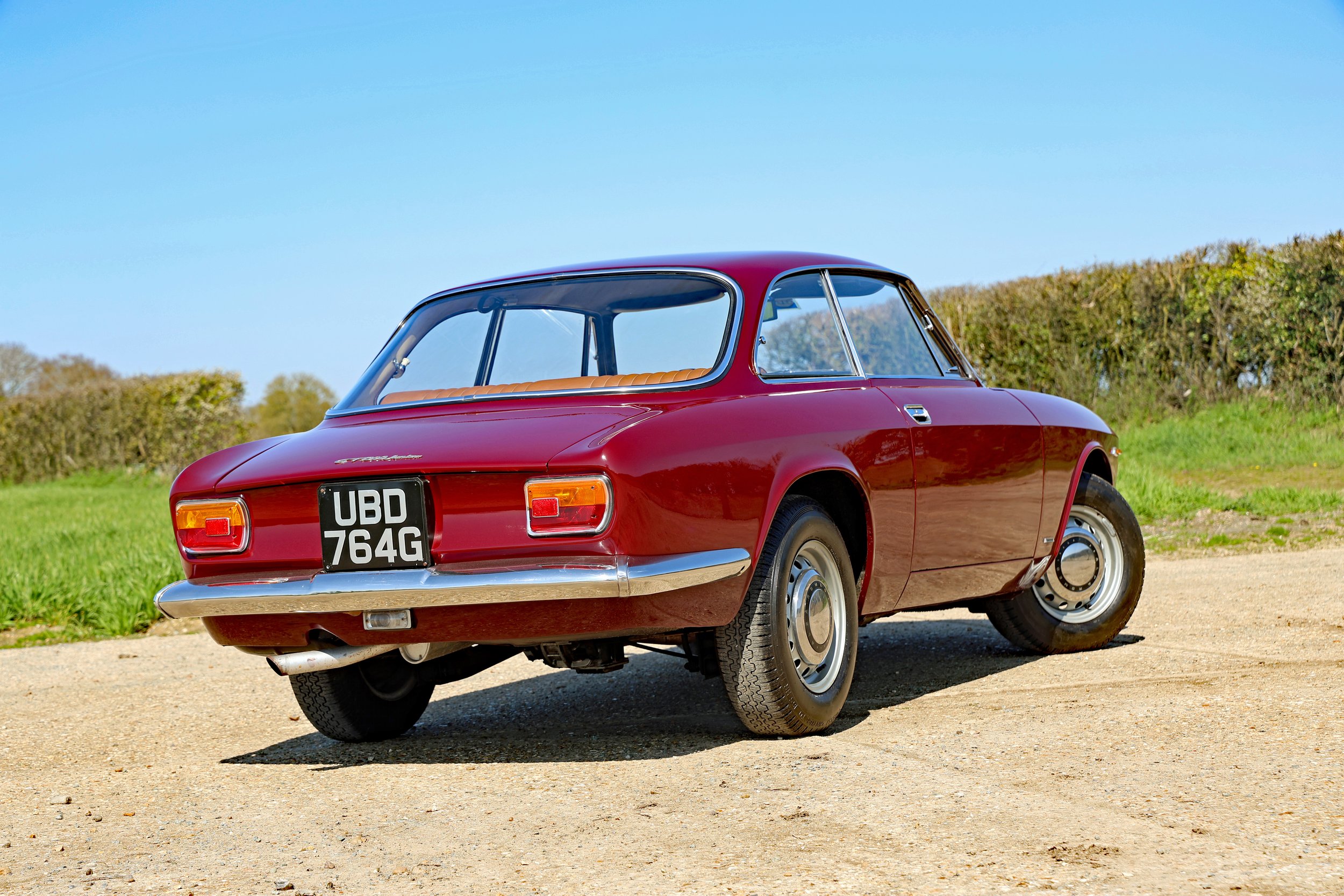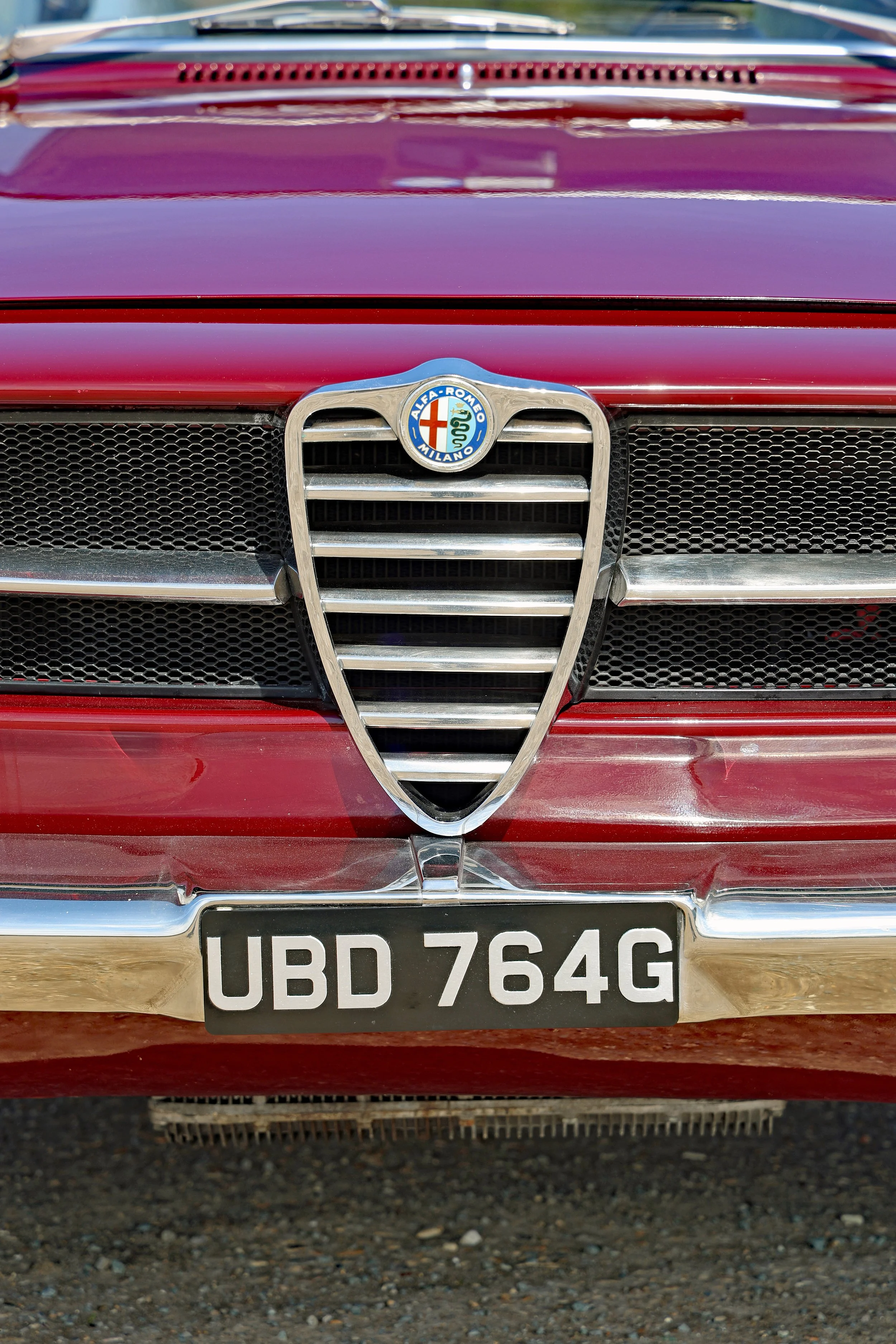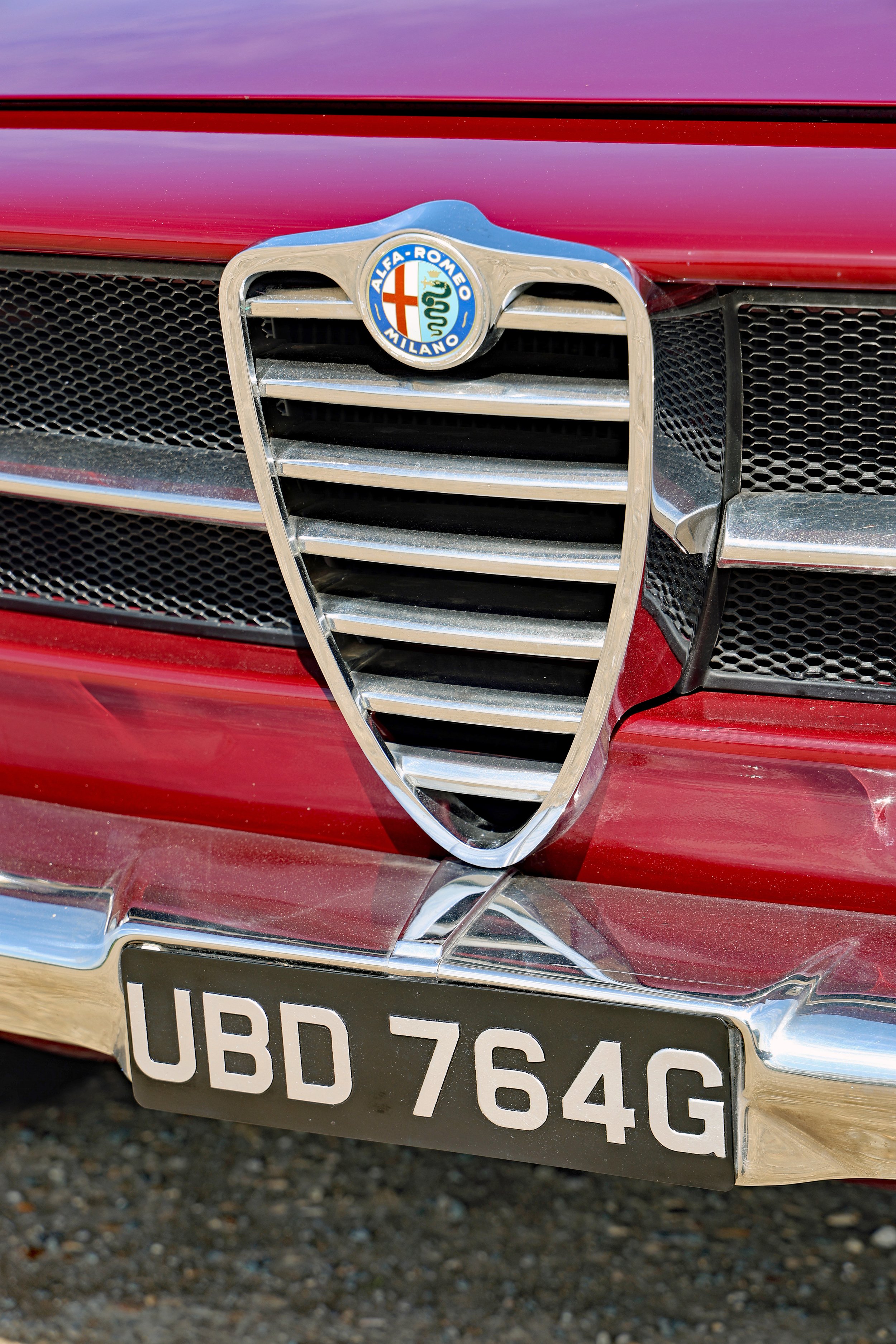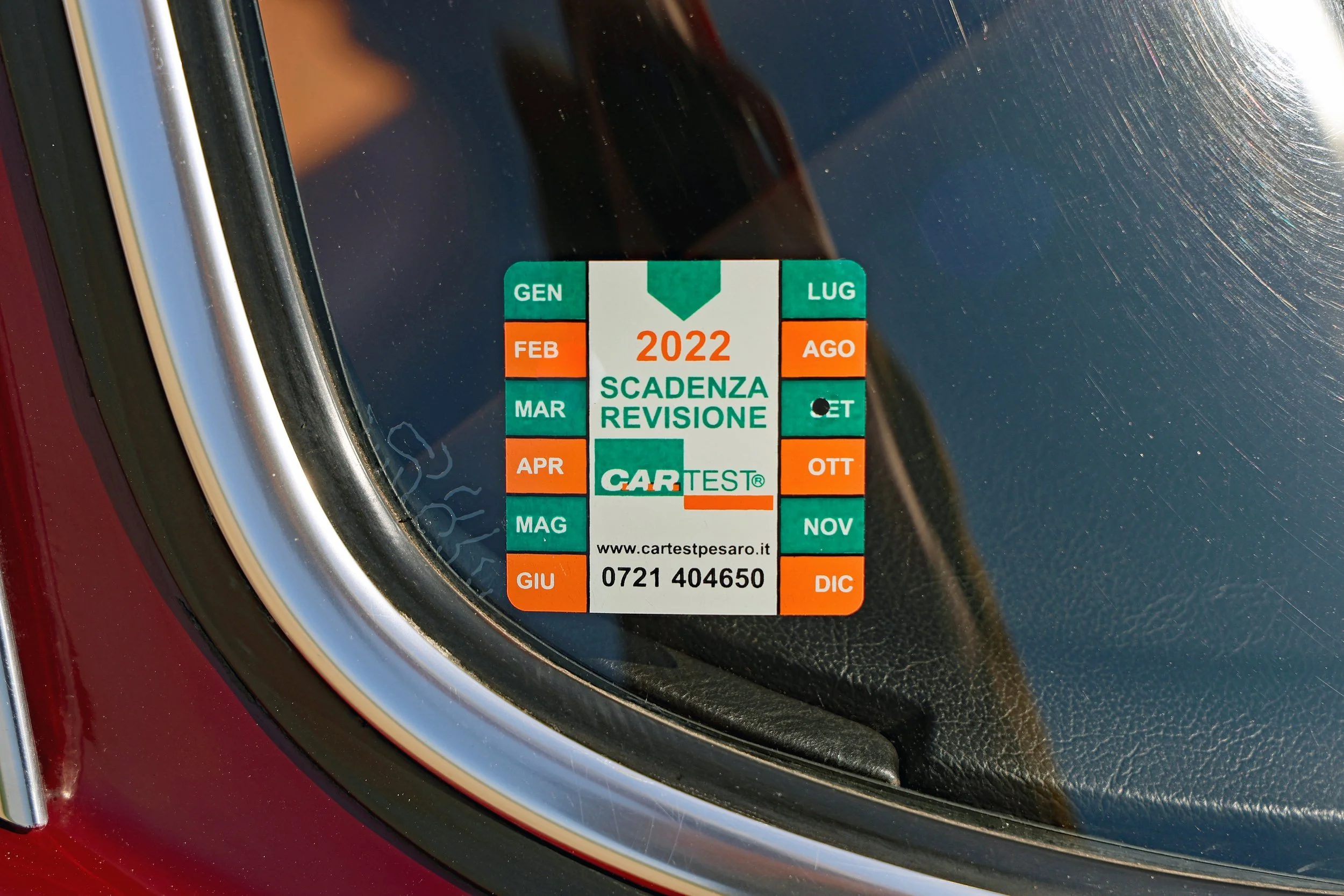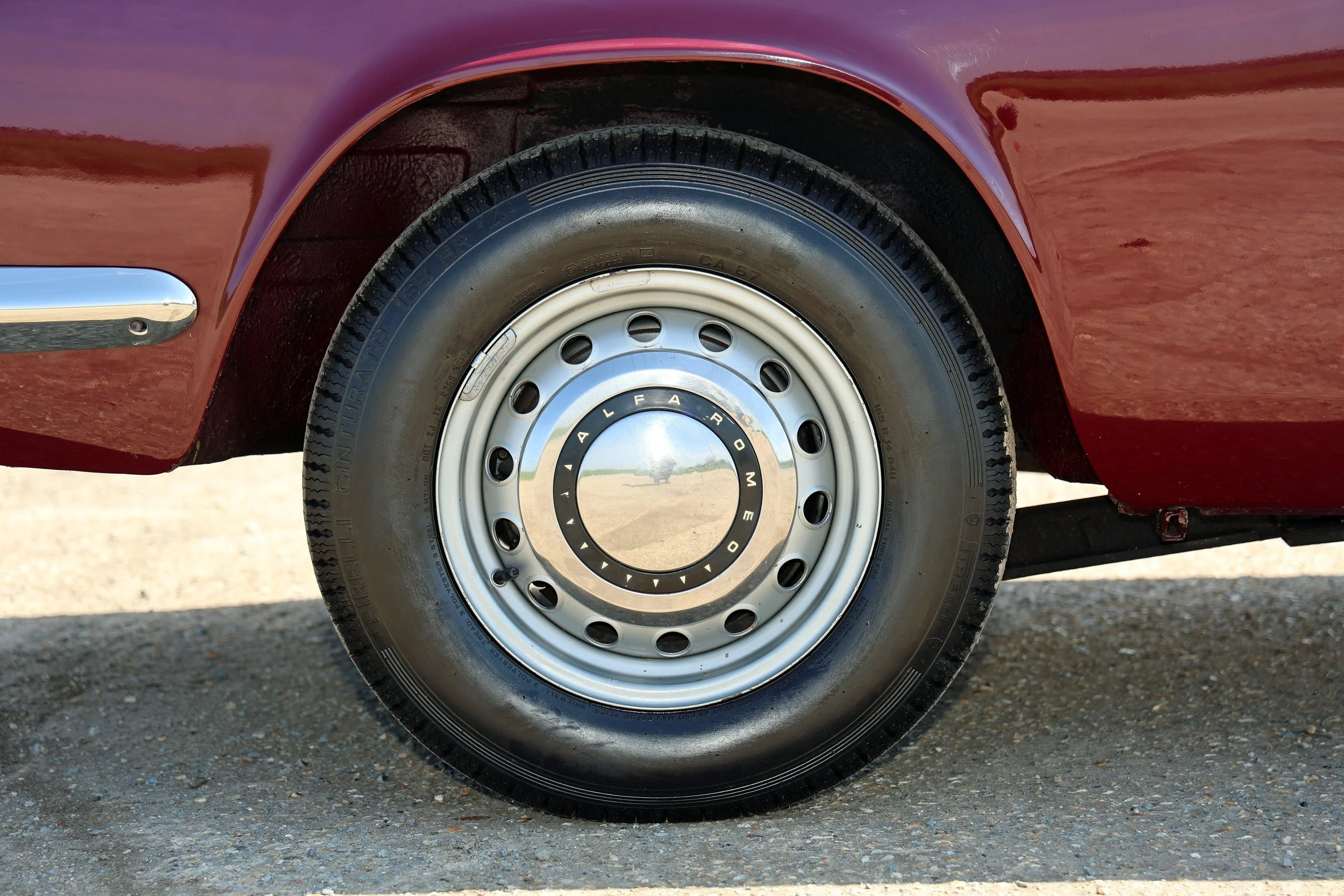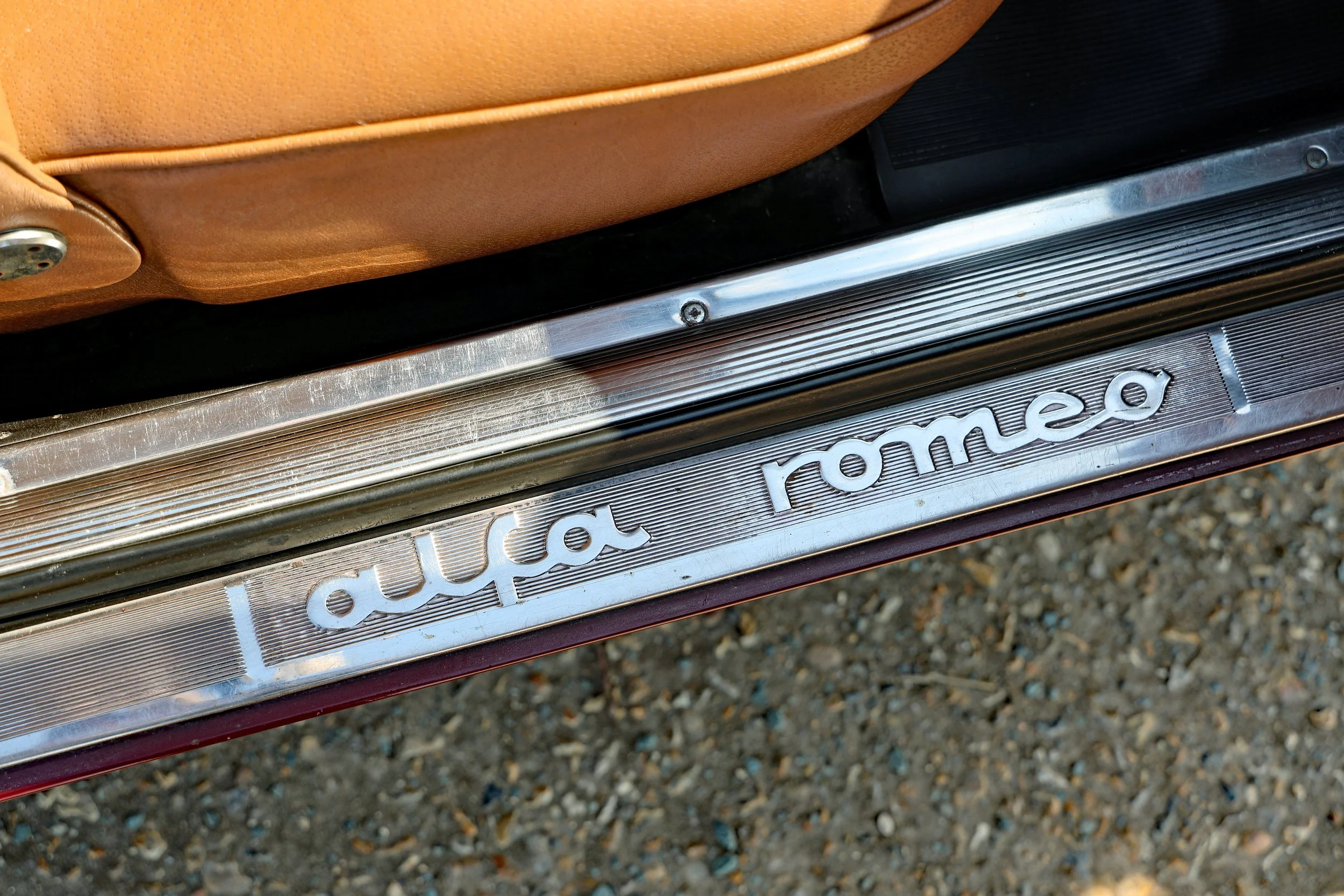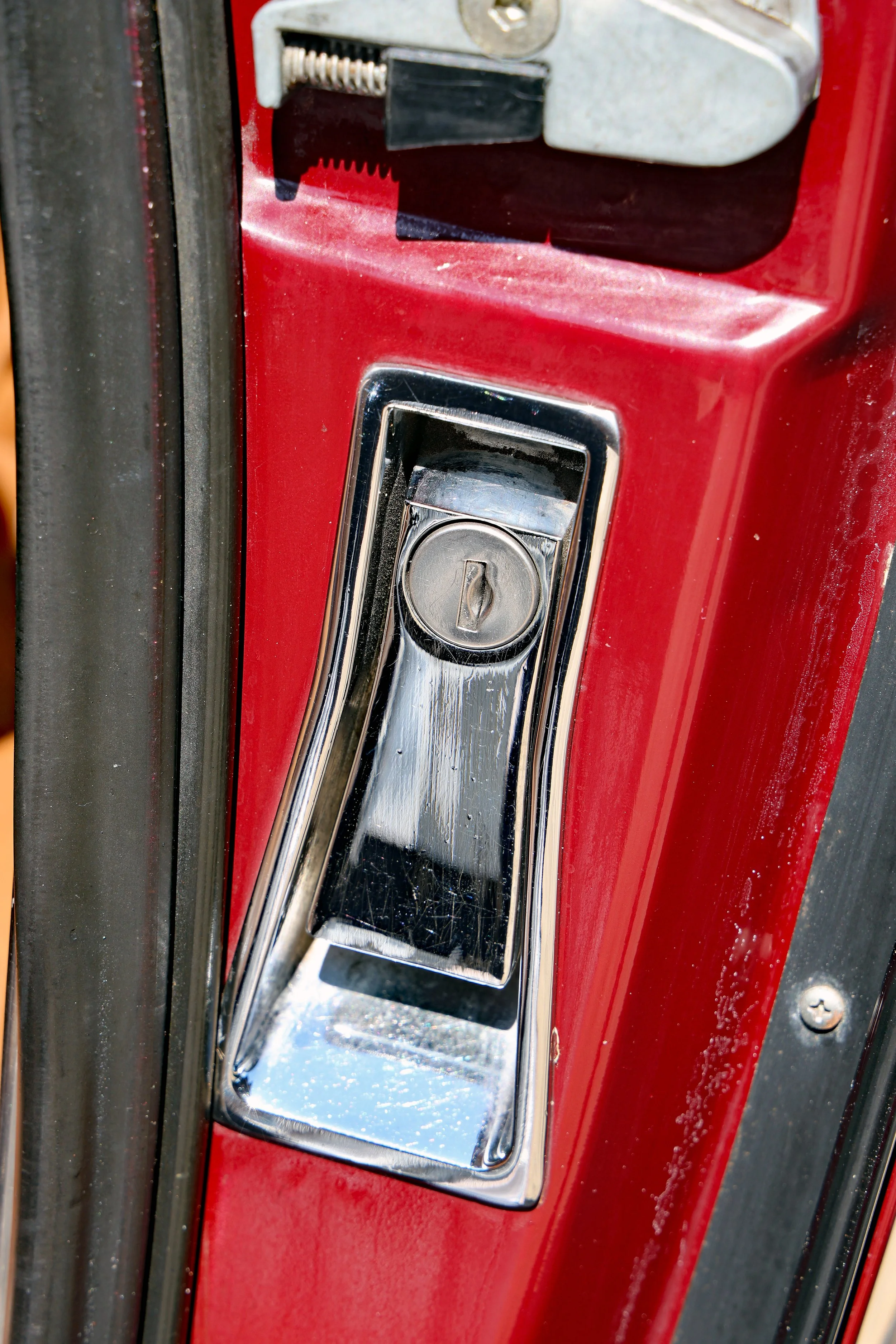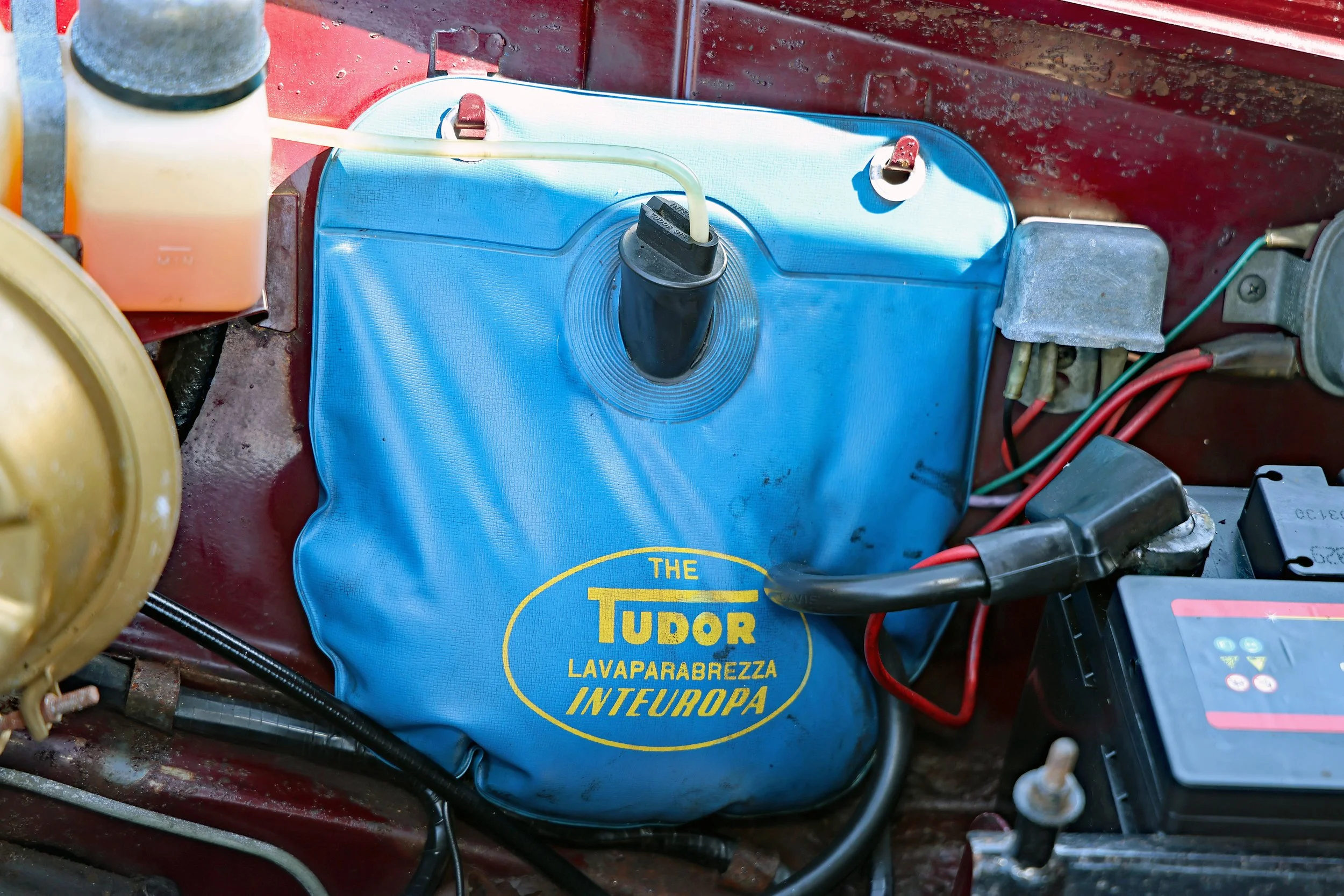1969 Alfa Romeo GT 1300 Junior
PRICE £ SOLD
YEAR 1969
ENGINE 1290cc/4-cyl/DOHC/twin-Weber 40 DCOE 28 carburettors
POWER 103bhp@6000rpm
TORQUE 101lb ft@3200rpm
MAXIMUM SPEED 104mph
0-60MPH 13.2sec
GEARBOX RWD, five-speed manual
MILEAGE 82,502km (51,260 miles)
MOT 12 months from sale
CHASSIS NUMBER AR 1236060
COLOUR Amaranth Red (Rosso Amaranto)
INTERIOR Beige pigskin leather
WIDTH 1580mm
LENGTH 4089mm
HEIGHT 1316mm
This very smart example of Alfa Romeo’s small, well-handling and characterful Giulia-based coupe has only recently been imported from Italy
Alfa Romeo’s 105/115 Series Coupes enjoyed a relatively long and successful life spanning 1963 to 1977. These handsome, well-balanced machines were blessed with styling by Giorgetti Giugiaro early on in his career when he was employed by Bertone, and helped establish him as one of Italy’s leading designers. His smart Alfas appeared in many guises including GT, Sprint, Veloce and Cabriolet, and were even given a more radical aerodynamic reworking by Zagato as an expensive limited edition offshoot.
However, to provide a more entry level ticket into Alfa Romeo coupe ownership, the marque created the Junior range in 1965. This came with a smaller engine than its siblings – the 1290cc twin-cam, as used in the Giulietta – but its (initial) 89bhp still endowed the lightweight machine with performance of over 100mph, which was pretty swift for a 1.3-litre car of the era. The GT 1300 Juniors were gradually improved over time, with a brake servo being adopted in 1967 and a new dashboard plus suspension and wheels from the 1750 GTV the year after that. In 1970, the cars lost their distinctive ‘step-front’ nose, while 1972 saw more new wheels fitted. The same year saw the GT 1300 Junior discontinued for the UK market and replaced by a 1600 model instead.
So our 1969 example here represents the likely zenith of the 1300 breed. It has the more characteristic stepped nose coupled with the best of the mechanical enhancements, before Alfa Romeo started cost-cutting on later cars. This particular vehicle was built during May 1969 and finished in Rosso Amaranto paint with Skai colour cuoio cinghiale interior – in English, that means boar-coloured leather. It was sold new in Rome and stayed in its homeland until 2020 when it came to the UK and was registered here. Since then, it has received some work, including an MoT in 2020 to make sure it conforms with all UK legal requirements. However, the car is believed to be mostly original, albeit with some areas of replacement paint over the years (or even a full restoration, but just some time ago). However, any fresh paint has blended in perfectly with the existing paintwork. No doubt spending most of its life in Italy has helped its preservation, as has the fact that its odometer indicates just 82,502km (51,260 miles) travelled. At its October 2020 MoT, not long after it had arrived in the country, it was showing 82,265km, so it has done very few miles on UK roads – and, more significantly, in British weather.
The paint is holding up pretty well. There are a few polish swirl marks visible if you look very closely, and other areas where the paint has dulled a little, but the overall effect is of a car that is doing a superb job of surviving in very fine order. The brightwork is sparkling and unblemished and the tyres have plenty of tread left with no sidewall damage. They’re high quality Pirelli Cinturato 165/HR 14 84H items all round, and with a date stamp of 2018, they should have lots of life left. Undersealing has been carried out beneath the car.
Inside, the boar-coloured leather (with door cards in the same shade) makes for an attractive combination with the maroon exterior. Wear is minimal, the odd frayed thread here or there, but for a car that’s been around for upwards of half a century, it is all very tidy and presentable. Cracks or bigger splits in the nicely sculptured dash can be an issue with these cars, thanks to the heat of the sun magnified by the windscreen, but there are no issues here. In the footwells, the branded mats look almost new, as does the vinyl covering the transmission tunnel. However, the boot does hold the original carpet set should any new owner want to refit it. Speaking of the boot, this also contains the factory jack kit, another bonus. No radio is fitted in the Alfa, and all the gauges function as they should. The steering wheel looks excellent, framing the big rev counter and speedometer in their twin pods.
While somebody overly conscientious could detail the engine bay a little more to show off at events, there isn’t really that much need. The twin-cam engine casing, being aluminium, displays the inevitable slight mottling so common on this metal when it’s in a harsh and hot working environment. But there’s next to no grime and dust, and everything looks standard including the Tudor screenwash bag hung on the inner wing – extra marks for that instead of a plastic replacement container – and correct Weber 40DCOE carburettor pairing.
The Alfa starts well, usually at the first turn of the key even when cold, and runs well right from the get-go. At the heart of this Junior is Alfa Romeo’s sparkling twin-cam engine and it’s in lively and endearing form here; enthusiastic and strong with no concerning noises from within or hesitancy when underway. With the two Weber carburettors perfectly in balance, the result is a dynamic small coupe that pulls well and has a nice dose of acceleration when provoked. However, it’s in the handling where these smaller-engined 105/115 models especially shine, and on this example, there’s all the poised nimbleness you’d hope for. The steering is smooth, free from play and very accurate. The five-speed gearbox (something quite unusual for a 1.3-litre car of the era, most similar capacity machines only offered four speeds, with overdrive as a begrudging option) is slick through all its ratios while the brakes – ATE discs, with a servo to further increase their efficiency – aren’t remotely challenged by the Alfa’s light weight and operate quickly and cleanly, with no pulling to either side.
Documentation accompanying the Junior includes the current V5C, invoices from both the UK and Italy, an Alfa Romeo Classiche Certificate of Originality, the original Rome registration logbook, handbooks and other documentation. There’s also an in-depth vehicle condition report from 2020 that gives the car a healthy report. And remember, with this Alfa, that was only around 150 miles ago.
In summary, this Alfa Romeo retains all of its original character and charm and, thanks to spending the vast majority of its life in Italy’s somewhat friendlier climate, it has survived well and is continuing to do so. It looks great, drives very well, and will be a real head turner for the 2024 season. Small, sporty Alfas have always been little bundles of Italian automotive joy and this now mature Junior is certainly no exception to that rule.
While Greenside Cars Ltd has tried to ensure information and assessments are accurate and complete, we are aware that some errors and omissions may occur from time to time. We are not able, therefore, to guarantee the accuracy of information and cannot accept liability for loss or damage arising from it. We highly recommend that you examine any vehicle to check the reliability of the information supplied. Please contact us for further details, images, or to arrange a viewing of this 1969 Alfa Romeo GT 1300 Junior.



